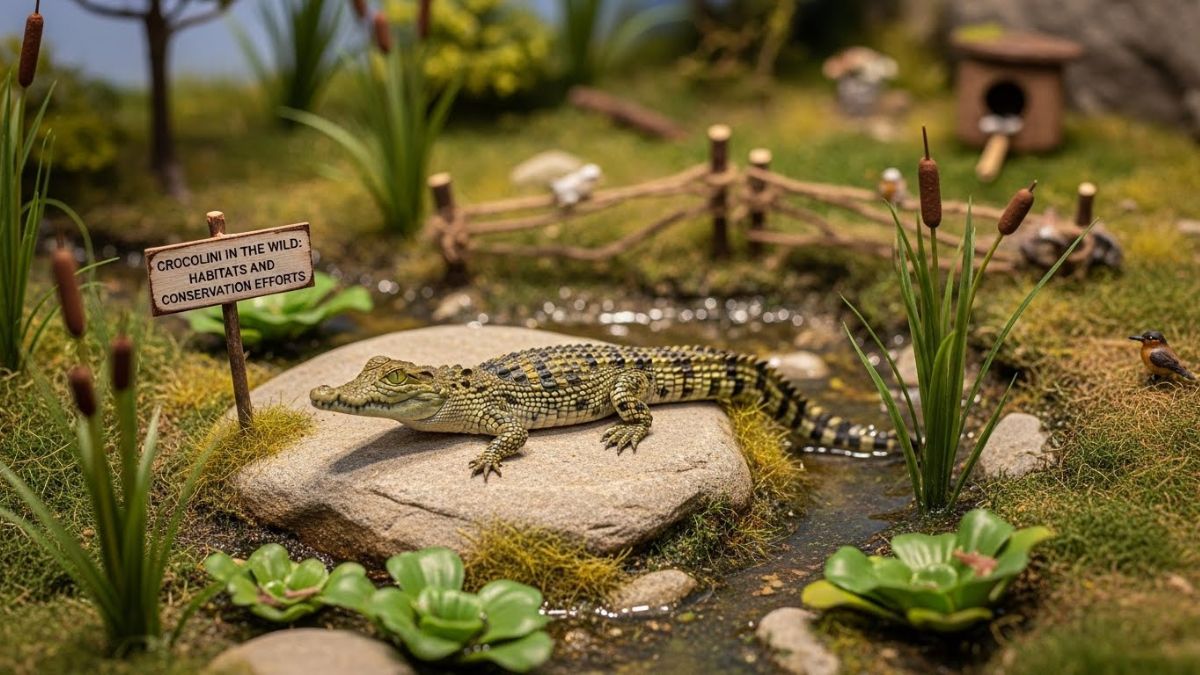Crab Spider are fascinating creatures, known for their unique hunting techniques and their uncanny ability to blend into their surroundings. These arachnids have earned their name due to their crab-like appearance, with broad, flattened bodies and legs positioned outward, much like a crab. In this article, we will explore the world of crab spiders, delving into their biology, habitat, hunting behavior, and much more. Prepare to uncover the secrets of one of nature’s most skilled predators.
What Are Crab Spiders?
Crab spiders belong to the Thomisidae family, a group of arachnids known for their distinctive body shape and ambush hunting techniques. Unlike other spiders that spin webs to catch prey, crab spiders rely on their camouflage and agility. Their body structure resembles that of a crab, with two front legs longer than the others, helping them grab and secure their prey.
Physical Characteristics of Crab Spiders
Crab spiders vary in size and color, but they are typically small to medium-sized spiders. Most species are around 4 to 10 mm in length, with females generally being larger than males. Their coloration can range from white, yellow, green, or pink, allowing them to blend into flowers, leaves, or bark. Their flattened bodies and sideways-walking legs make Crab Spider them easily recognizable.
Natural Habitat of Crab Spiders
Crab spiders can be found in a wide range of environments, including gardens, meadows, forests, and even deserts. They are especially common in areas with abundant flowers, as these provide the perfect hunting grounds. These spiders prefer to remain stationary for long periods, patiently waiting for prey to come within striking distance.
Ambush Hunting Technique
Unlike web-building spiders, crab spiders are active hunters that rely on stealth and patience. They are sit-and-wait predators, positioning themselves in flowers or foliage and waiting for unsuspecting insects to approach. Their front legs are equipped with powerful muscles, allowing them to quickly seize and immobilize their prey.
Crab Spider Camouflage Skills
One of the most remarkable features of crab spiders is their ability to blend into their environment. Many species can change color to match the background of the flower or plant they are sitting on. This adaptive camouflage helps them remain undetected by both prey and predators, making them highly efficient hunters. This color change, however, is a slow process and can take several days.
Prey of Crab Spiders
Crab Spider primarily prey on insects, particularly pollinators like bees, butterflies, and flies. Their favorite hunting spots are often flowers where these insects gather for nectar. Despite their small size, crab spiders can take down prey much larger than themselves. After grabbing their prey, they inject venom that immobilizes the insect, allowing them to feed.
Venom of Crab Spiders
Crab spiders possess venom that they use to subdue their prey. While not harmful to humans, this venom is potent enough to paralyze insects. The spider then injects digestive enzymes into the prey, breaking down its tissues so the spider can consume it in liquid form. This method of feeding is common among many spider species.
Reproduction and Life Cycle
The life cycle of crab spiders begins with mating, which usually occurs in the late spring or early summer. After mating, the female lays her eggs in a silken sac, typically hidden under leaves or in crevices. She fiercely guards the egg sac until the spiderlings hatch, after which the young disperse to find their own hunting grounds. Crab spiders generally have a lifespan of one to two years, depending on environmental conditions.
Defensive Behavior of Crab Spiders
Despite being formidable predators, crab spiders have their own set of predators, including birds and larger spiders. To defend themselves, they rely heavily on their camouflage. If threatened, some species may play dead or drop to the ground to avoid being detected. Their small size and cryptic coloration are their best defenses against larger predators.
Crab Spiders and Their Role in Ecosystems
Crab spiders play a significant role in controlling insect populations, particularly pollinators. While this may seem counterproductive from a gardener’s perspective, crab spiders actually help maintain a balance in the ecosystem. By preying on insects that could become overabundant, they contribute to the health of the environment.
Crab Spiders in Gardens
Many gardeners welcome the presence of crab spiders as natural pest controllers. While they do prey on pollinators, they also help manage populations of harmful insects like aphids and caterpillars. Their presence can reduce the need for chemical pest control, promoting a healthier, more balanced garden ecosystem.
How to Spot Crab Spiders
Crab spiders can be difficult to spot due to their excellent camouflage, but a keen observer may notice them by carefully examining flowers and foliage. They tend to sit motionless, often mimicking the color and texture of their surroundings. A closer look at common garden flowers like daisies or sunflowers may reveal these stealthy predators.
Interesting Facts About Crab Spiders
Crab spiders do not spin webs to catch prey, unlike many other spiders.
Some species of crab spiders can take on the color of the flower they sit on to ambush prey.
Female crab spiders are typically larger than males, and they often aggressively guard their egg sacs.
Crab spiders have been observed catching prey much larger than themselves, demonstrating their impressive hunting skills.
Are Crab Spiders Dangerous to Humans?
While crab spiders do possess venom, they are not considered dangerous to humans. Their venom is specifically designed to immobilize small insects, and their fangs are too small to penetrate human skin effectively. Even if bitten, the effects are usually mild and no more harmful than a bee sting.
Conclusion
Crab spiders are truly remarkable creatures, known for their stealthy hunting tactics, impressive camouflage, and vital role in ecosystems. While they may not build intricate webs like other spiders, their ambush techniques make them just as fascinating. Next time you’re in the garden, take a closer look at the flowers—you may just spot one of these amazing predators patiently waiting for its next meal.
FAQs
Can crab spiders change color quickly?
No, the color change in crab spiders happens slowly, often taking several days to match their environment.
Do crab spiders build webs?
No, crab spiders are ambush predators and do not use webs to catch their prey.
Are crab spiders harmful to pets?
Crab spiders are not harmful to pets as their venom is only effective on small insects.
How long do crab spiders live?
Crab spiders typically live for one to two years, depending on environmental conditions.
What should I do if I find a crab spider in my garden?
Crab spiders are beneficial in controlling pest populations, so it’s best to leave them undisturbed in your garden.











